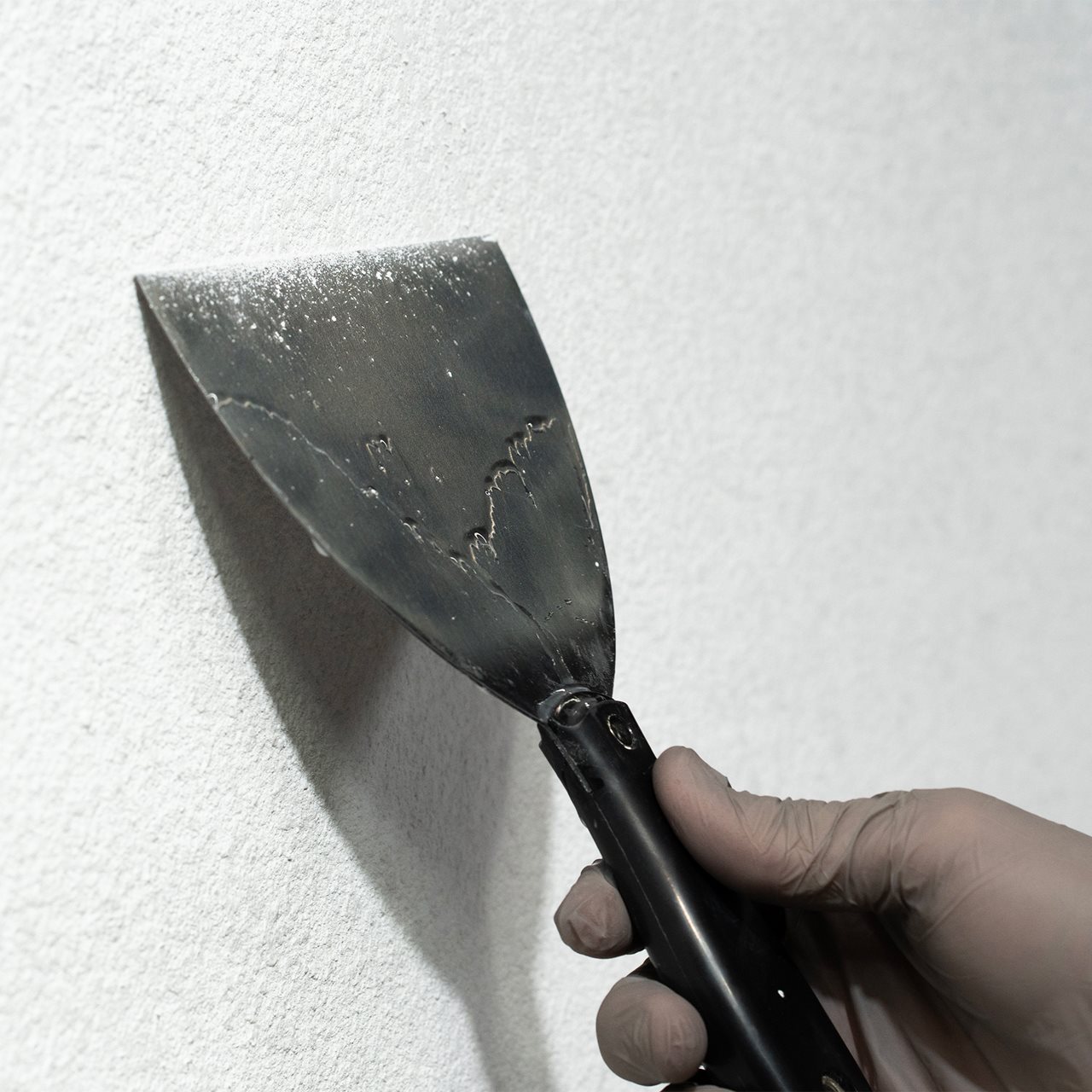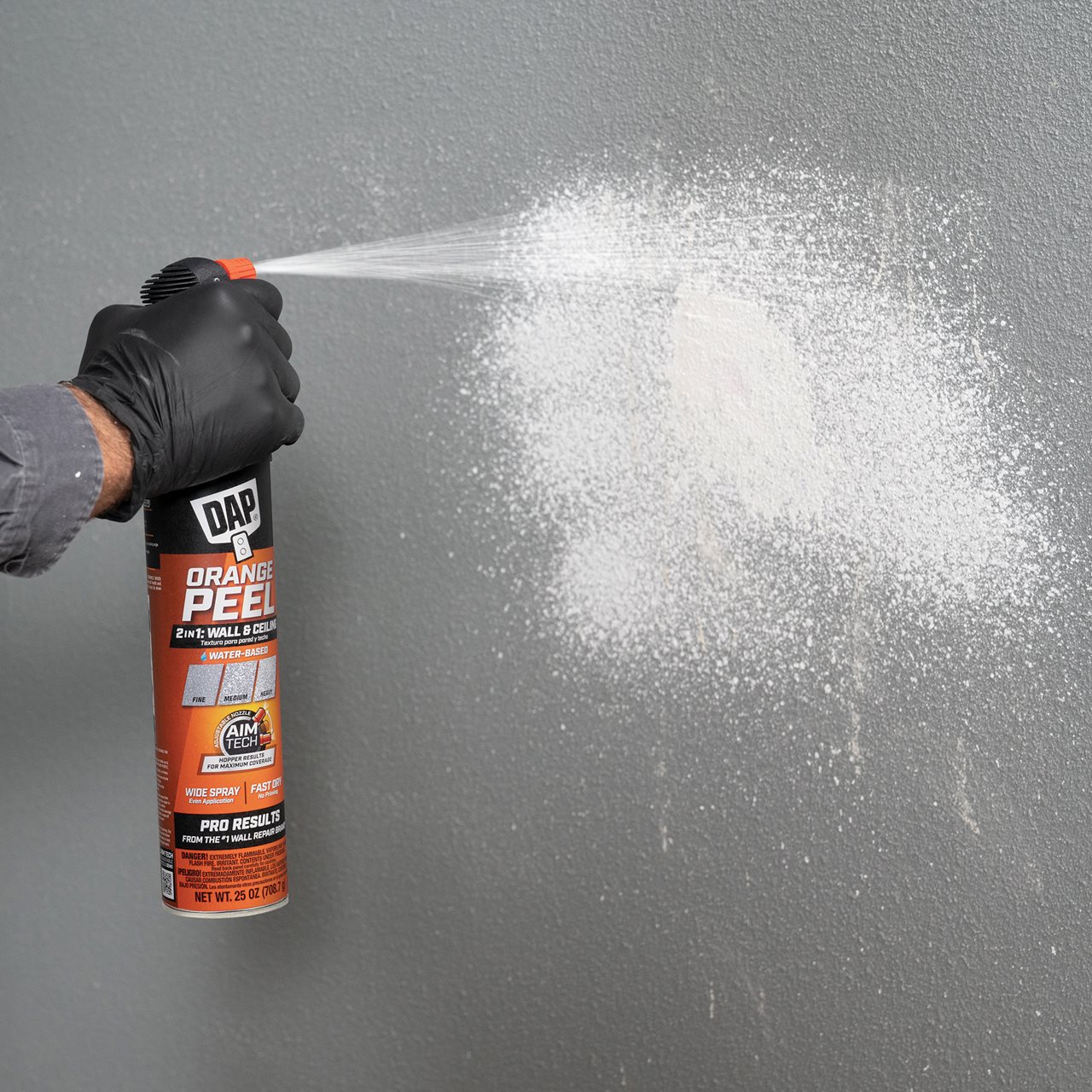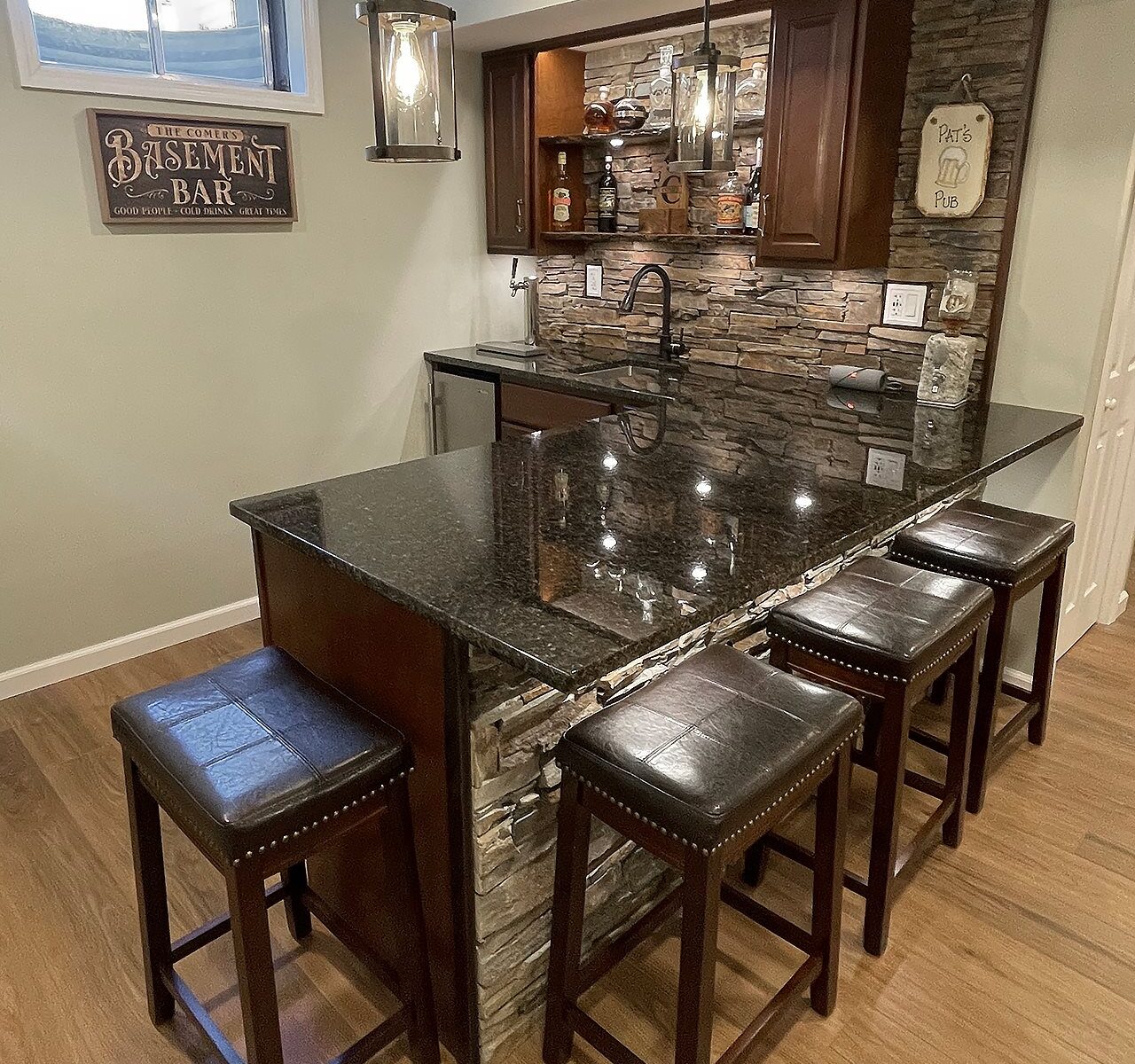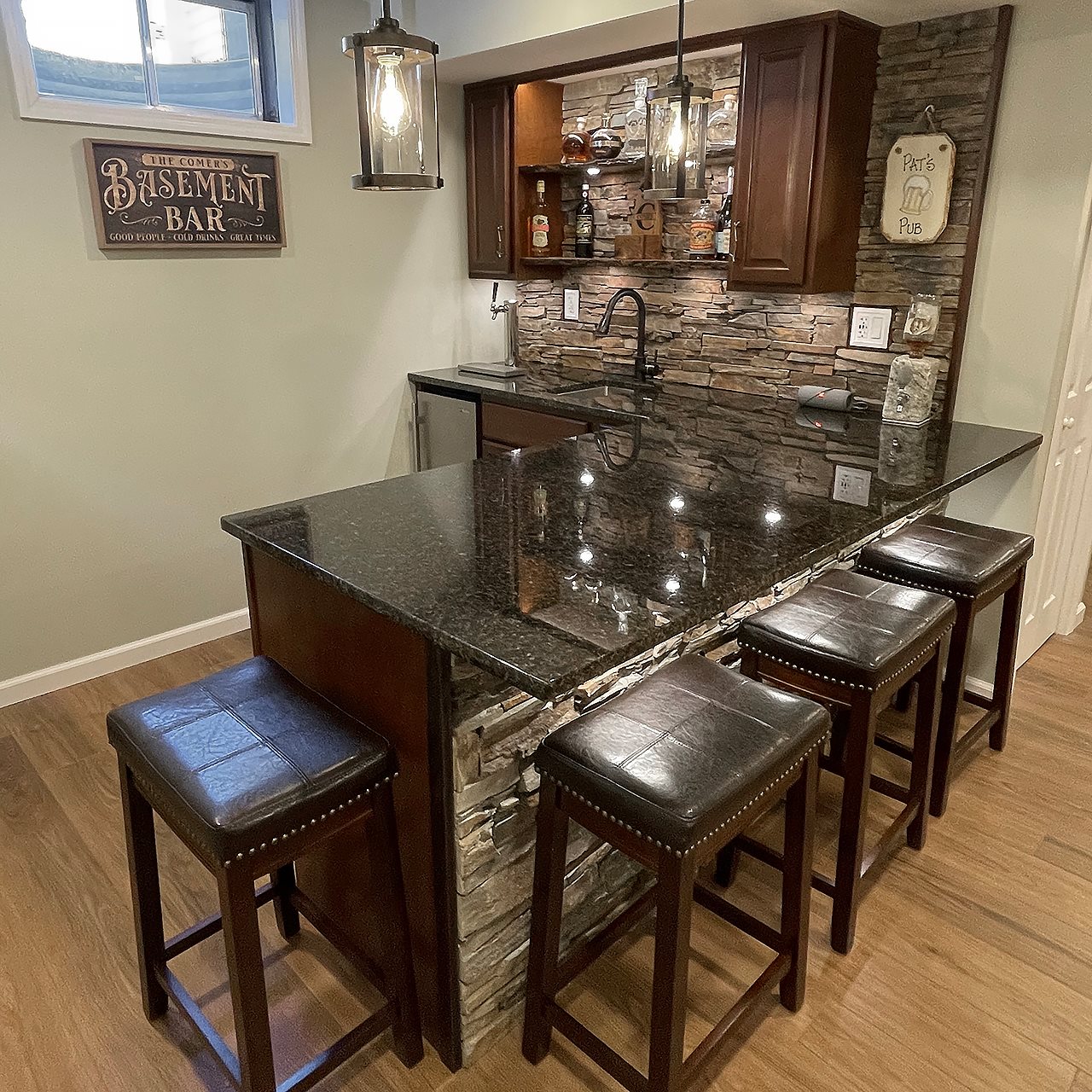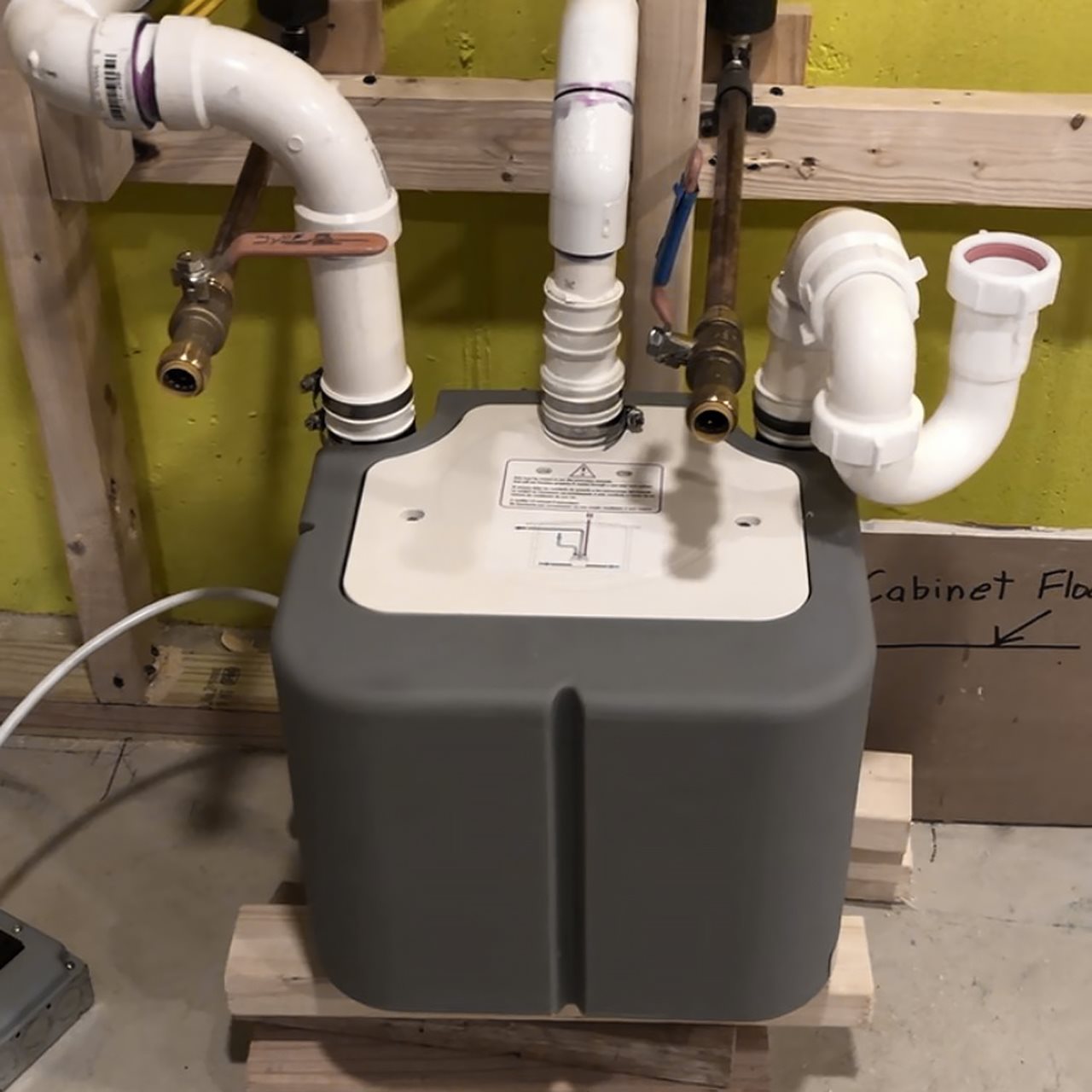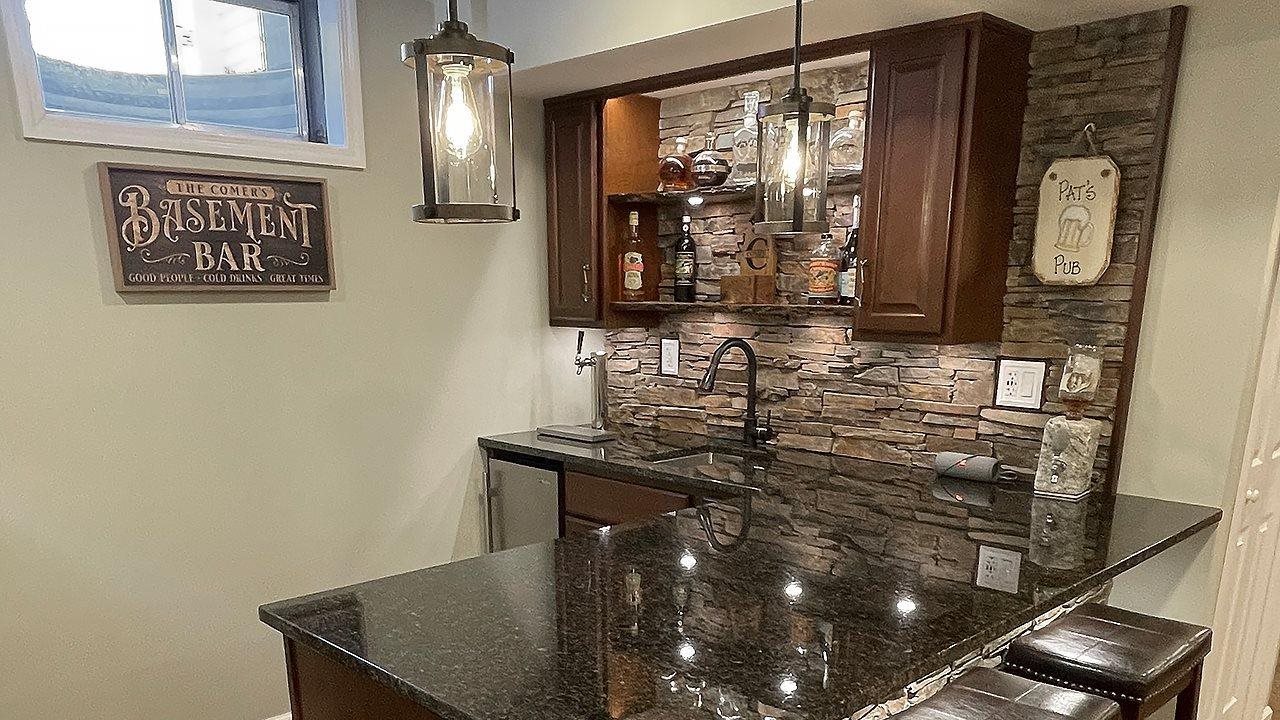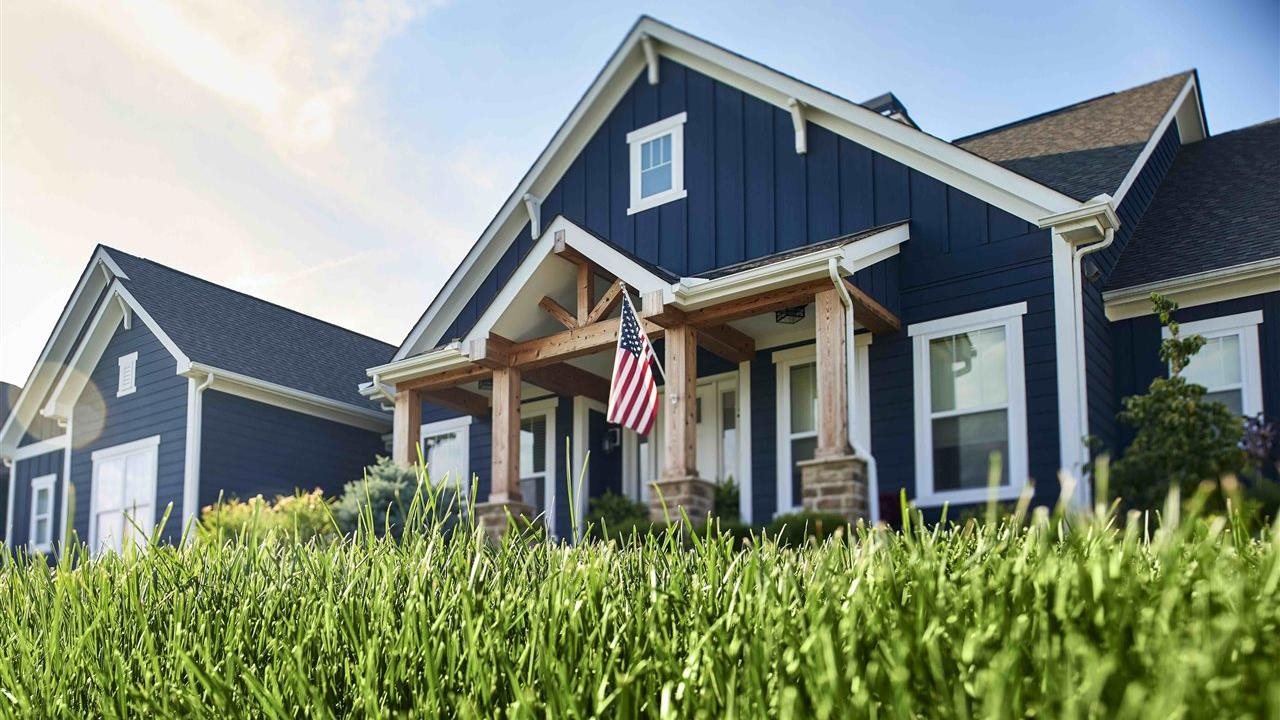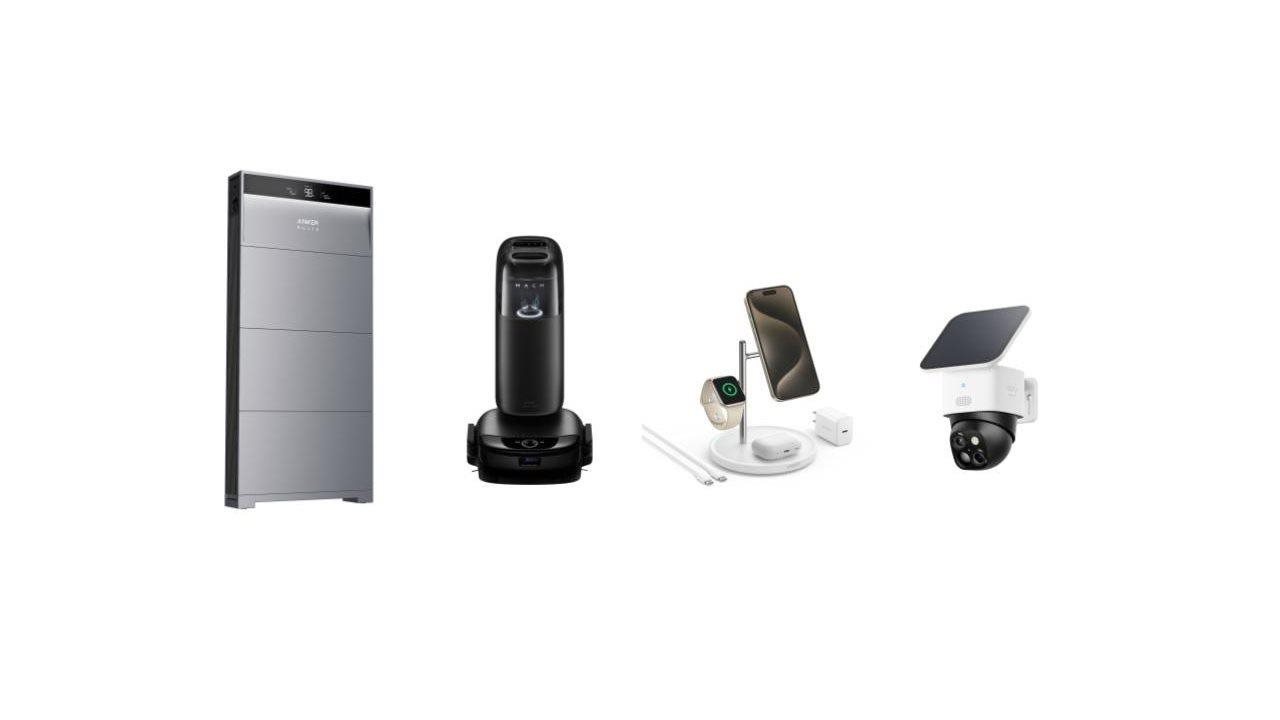2024-05-06T23:01:00
(BPT) – In the ever-changing landscape of urban and suburban living, mixed-use developments have emerged as an example of smart communities. Blending convenience, sustainability, and a vibrant social experience, these communities are poised to evolve with the way people live and are a smarter option when compared to single-use real estate.
“Building in a community involves thinking about how your project can build up that community to be an extraordinary place people want to visit and stay,” explains Jean Paul Wardy, CEO and founder of CenterCal Properties. “It’s about creating a dynamic environment that is not only appealing when the project launches but remains relevant and compelling over time.”
Wardy notes that creating successful mixed-use properties involves paying attention to details around diversity, engagement, experiences and sustainability.
Ensuring diversity of amenities and multiple points of engagement
Shopping centers are no longer just a collection of stores; rather, they are a collection of experiences. For example, at Totem Lake in Kirkland, Washington, visitors can shop, but they also have an array of dining, entertainment, fitness and social opportunities. The center also offers residential and office space. This concentration of diverse uses places residents, workers and visitors in an attractive, active and energetic environment.
To encourage guests to return time and again, managers of these developments are taking a more active role in engaging guests, instead of leaving tenants to do the heavy lifting. From integrating interactive electronic directories to personalized offers from retailers, these added engagement points help guests feel seen and heard, which builds connections and relationships.
Instilling modern retail experiences that complement digital
E-commerce continues to grow and thrive, and yet brick-and-mortar shops remain critical to the customer experience. “Mixed-use developments serve as a conduit to the modern approach to retail,” says Wardy. “Customers may want the convenience of online ordering, but they also want to see, feel and try products and the ease of stepping into a shop to return or exchange items.”
Developers of smart projects are astute in curating their retail assortments to ensure visitors have access to brands that balance their online and in-store experiences. By making smart property technology and apps available, these managers help their tenants enhance customer experiences.
Incorporating sustainability promotes wellness — for properties and people
Beyond using sustainable materials and methods in the construction process, mixed-use developments can incorporate less obvious measures that promote sustainability. These developments may take a compact approach, which can help preserve land, and some projects integrate green spaces — which typically include vegetation, water features or park-like open areas — to retain natural beauty and add interest to designs. Those green spaces, like the Village Green at Bridgeport Village in Tigard, Oregon, can serve double duty for gatherings, attracting families whose children want to burn off energy or fitness enthusiasts interested in meeting up for a morning yoga session.
By incorporating a host of amenities in one place, mixed-use designs help reduce overall car trips and CO2 emissions, as guests can park once and walk to shops, eateries, salons, theaters and more. Plus, properties that are designed with flexibility in mind may introduce elements that promote a healthier environment as they become practical, from solar panels for capturing energy to housing honeybees for promoting ecosystem biodiversity.
Listening to communities
“Developers must be intentional about every project and consider how its location, features, designs and amenities can contribute to a community’s long-term vitality,” Wardy sums up. “The most successful projects build not only what the community wants and needs now, but they remain open to accommodating the possibilities of the future.”










